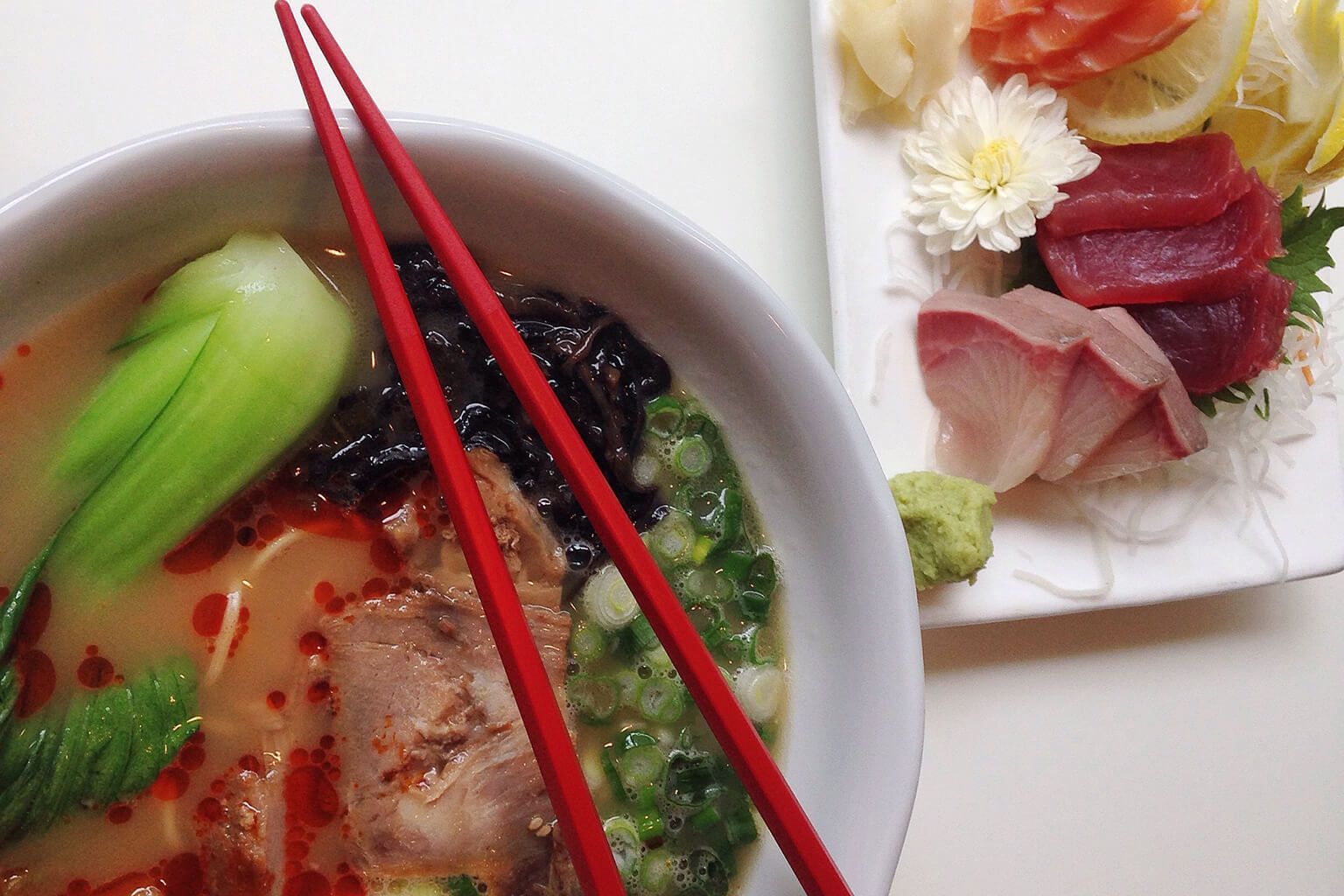Do you like wine? If you like wine, you might be interested in sake, which is commonly known as "rice wine". Sake has high affinity with wine and it is a drink that is becoming familiar with wine fans.
This time, I will explain the similarities between sake and wine. For someone who is fond of wine, how you would select the type of sake?
Similarities and Differences Between Sake and Wine
Sake is commonly misunderstood as a spirit because it is often offered in small alcoholic vessels in the likeness of shot glasses. In fact, it is a brewed beverage. Like wine, it does not go through the process of distillation but is instead made by fermentation; in sake’s case, the fermentation of rice. As a result, the degree of alcohol in sake which averages 15 to 16% is also lower than that of spirits such as whiskey and gin which contains around 40% ABV. Sake with lower alcohol content is also being actively produced these days, so it’s enjoyed like wine in Japan.
Sake, which is made from rice (Japan’s staple ingredient), is strongly positioned as a beverage that can be enjoyed during meals, and like most wines, it is designed to match with meals.
However, there is a decisive difference between wine and sake: sake is not determined by rice alone, whereas the largest element that determines the taste of wine is the raw grape.
For example, the same Yamadanishiki has range in its quality. In addition, since the taste is determined by multiplying various factors such as water, koji, and brewing method, it is good to think about the brand of rice to one point of reference to the last.
Your favorite wine can guide your preference for sake
Those who like wine tend to like fruity aromas, so if you drink sake labeled “Ginjo” or “Daiginjo”, you will find it tasty in most cases! However, in order to dig deeper into sake from there, the kind of wine you usually drink is important.
First of all, if you like sparkling wine, you may want to try sake of a sparkling type as well. There are two types of sparkling sake: The first one produces natural carbonic acid by secondary fermentation which requires the yeast to be bottled while it’s alive, like champagne. Another type is charging gas after bottling artificially.
Those who like white wine may find sake easy to drink and compatible with their tastes as sake has a clean and dry “aftertaste”. On the other hand, red wine drinkers, in order to experience the deep flavor mixture of sour and bitter, you may be satisfied with Yamahai or Kimoto, the kinds of sake brewed with traditional methods.
Of course, this is just a simple recommendation and I know that there are people who have a preference for “white wines with a sour taste” or “lighter red wines”, but I hope that this information will help when finding the perfect sake for you.
Aiming at Wine, Approaching Wine
For people involved in sake-making, creating a beverage with a deep history and culture and one that is loved around the world is a longing and a big goal. In recent years, many sake brewers have become conscious of wine drinkers all over the world and conscious of terms like “sweetness, fruity aroma, and finish.”
In line with that, there is an increasing number of eating and drinking establishments offering sake in wine glasses. This is evidence that sake with fragrant richness is more delicious and enjoyable in wine glasses than in small ochoko glasses. In fact, the annual contest "Wineglass Delicious Sake Award" celebrates various brewing techniques and new styles that work on making fine sake perfect for wine glasses.
Other than that, the image of sake is usually one matching with fish dishes such as sushi, but many sake with a rich flavor perfect for meat dishes that are comparative with red wine are also appearing.
Both wine and sake share a common history of originating in distant places. If you like wine you definitely should try sake. Why don’t you step into the world of sake?













